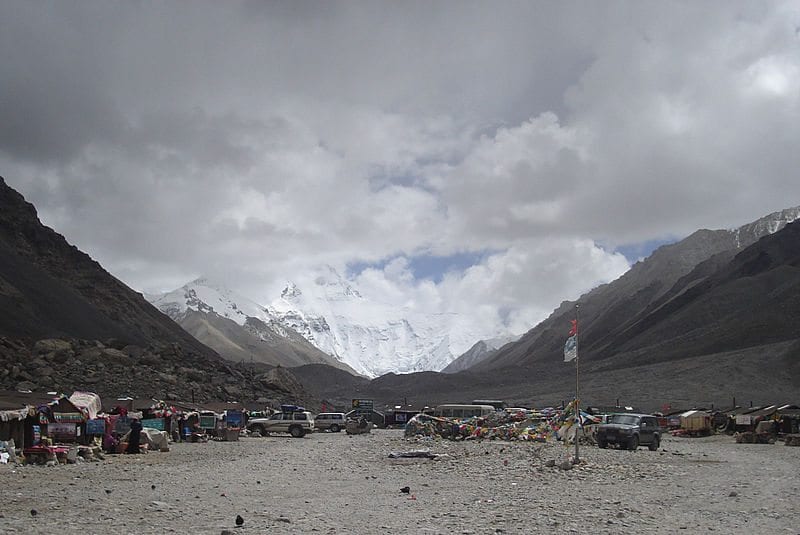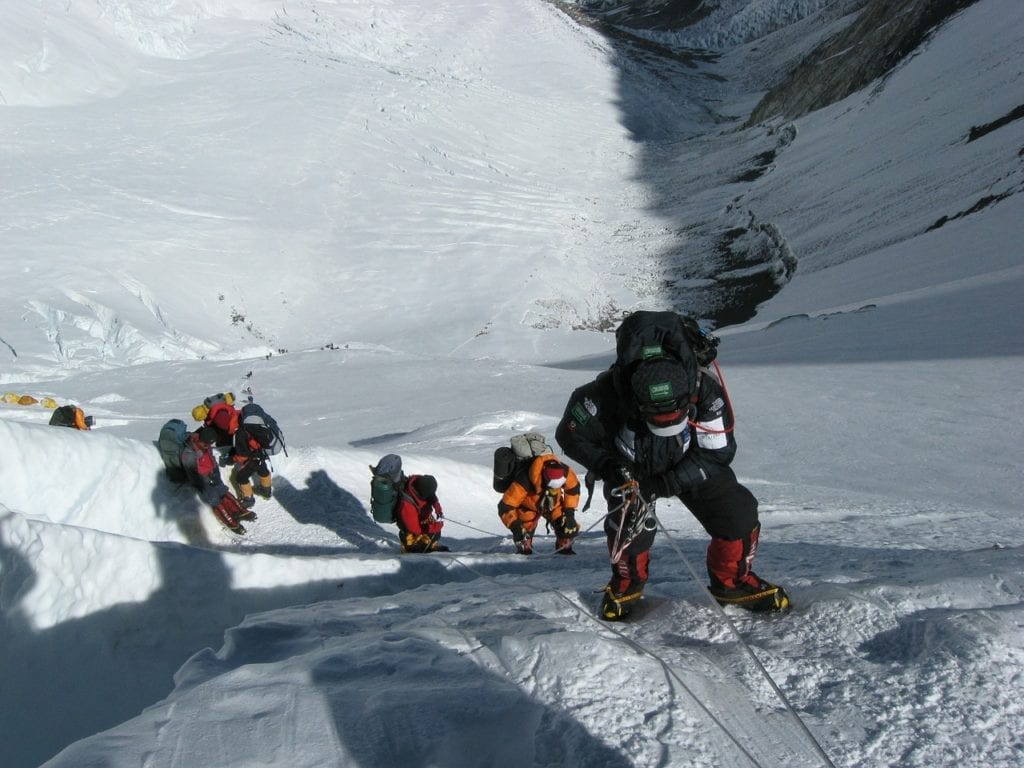
Ever wondered what the world looks like from Everest Base Camp? In the last sixty years only a few thousand people have been able to look down on the world from Everest’s peak, but access to the camp below is not restricted only to Sherpas and mountaineers with ambitions of reaching the summit. Adventurous holidaymakers can visit this historic staging area at the climax of the classic Everest Base Camp Trek through Nepal.
From the South, Nepal
Standing at Everest Base Camp you will be at an altitude of 5,360 meters, more than five times higher above sea level than the peak of Mt Snowdon (1,038 metres) in Wales, with the equivalent of three more Snowdons above you to reach the top of the world.
This is a dramatic, breathtaking and historic location. More than fifty years ago, Edmund Hillary and Tenzing Norgay started out from Everest Base Camp, trekking towards the top and the first recorded summit of Mount Everest (8,848m). Nowadays, the camp still serves as a staging point for numerous attempts every spring as climbers aim to join the illustrious group of about three thousand mountaineers who have made it to the top.

In comparison to a summit bid, your Everest journey will have been a pleasurable one. Most people who get to see this view will have reached the camp via the Everest Base Camp Trek, an unforgettable two-week route that doubles as an acclimatization exercise for aspiring mountaineers. If your trek reaches Base Camp during the climbing season, you will see the countless orange and yellow tents that serve as home to the mountaineers as they train and prepare for an ascent, or wait for a weather window to make their summit attempt.
The ground underfoot at Everest Base Camp is uneven, and the tents are scattered around mounds of glacial rock and boulders. At the high-end of the camp is the unpredictable Khumbu Icefall which bends up between Everest and the adjoining Nuptse (7,861 m), and must be crossed to reach Base 1 on the South Col route to the summit. The neighboring peaks of Pumori, Cholastse and Lintgren rise around the camp, with Mount Everest looming overhead; and looking back the way you came, you can see the Khumbu valley and the last part of the trail of the Everest Base Camp Trek leading up to the camp.

From The North, Tibet
When people think of Everest, they tend to think first of Nepal; but being on the border of two countries, the mountain also has an Everest Base Camp on the Tibetan side. The camp is not nestled on the side of the mountain – the equivalent on the Tibet side is known as Advance Base Camp (at 6,500 meters altitude) and is where climbers tend to locate their staging areas.
The view from the Tibetan North is a little different. The Rongbuk glacier has cut a path from the mountain to the Tibetan plateau, and it is possible to travel by four-wheel drive up to the mountain this way. Approaching the Tibetan Everest base camp on a gravel road, you will see Everest rising up from the end of the long valley ahead. Somehow, it doesn’t have the pioneering charm of the Nepalese approach to the world’s highest peak, but is nonetheless a striking sight, and one you are sure to treasure.
Author Resource:-> Jude Limburn Turner is the Marketing Manager for Mountain Kingdoms, an adventure tour company who have run the Everest Base Camp Trek for over 20 years. They now offer treks and tours worldwide, including destinations in North and South America, Europe, Africa, and Central and South East Asia.
By: Jude Limburn



